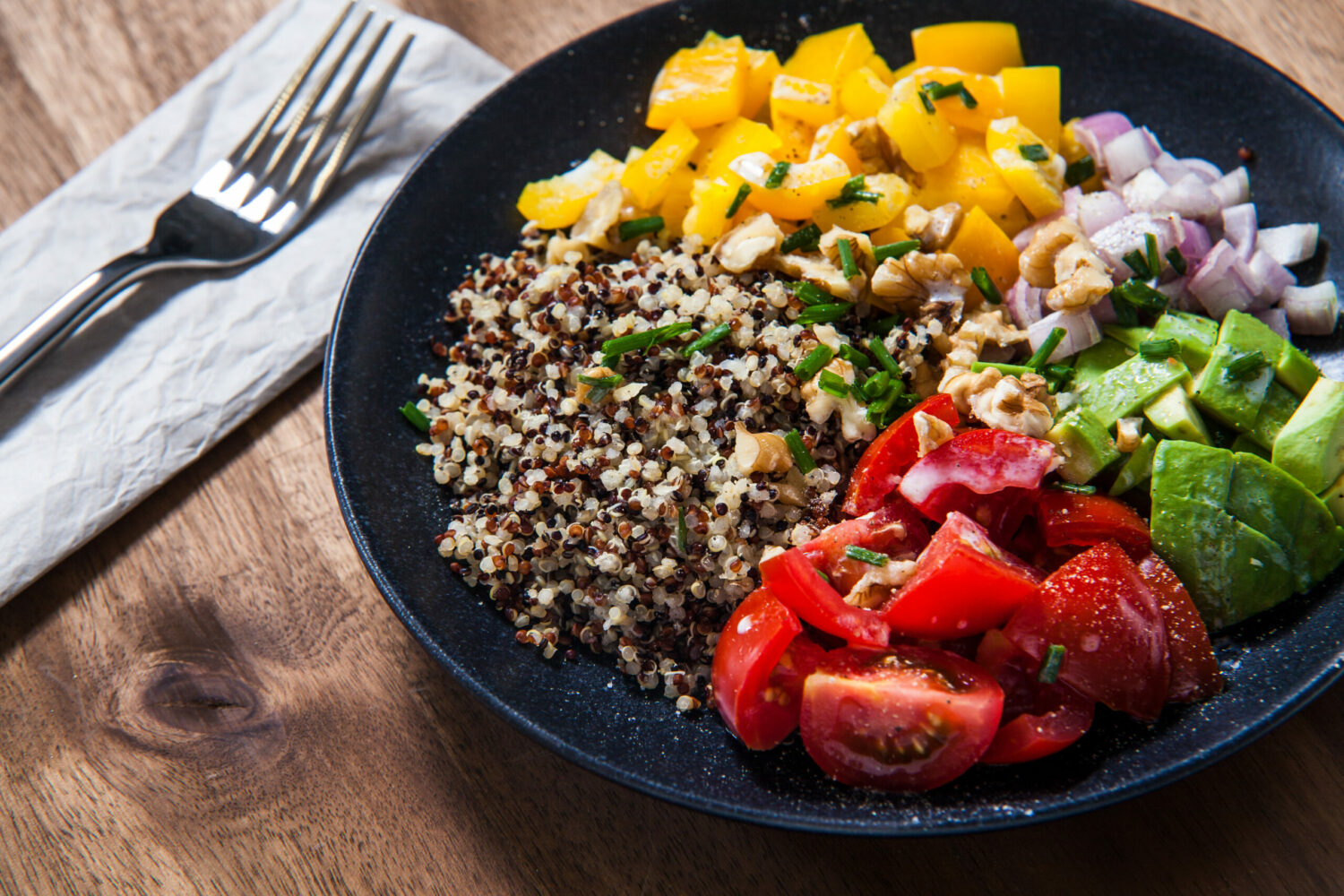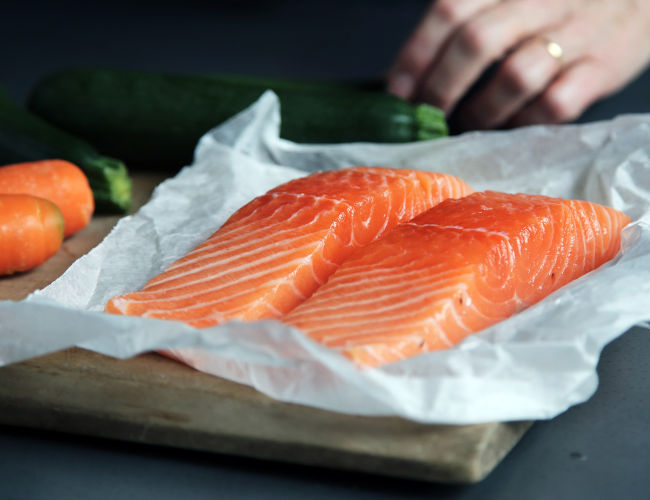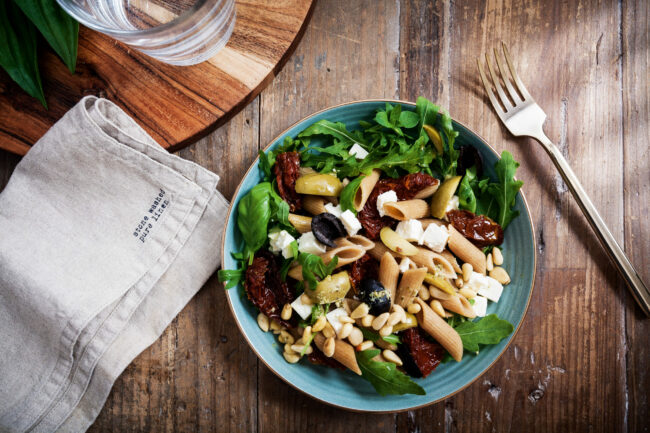Join now
Which statements are true and which are false?
Nutrition Myths Quiz
NUTRITION TRENDS – WHAT’S BEHIND THEM?
In social media, magazines, blog posts and Co. we read about a wide variety of diets. But what exactly is behind it and is there “the one best diet?” – you will certainly be able to imagine the answer.
DIETS – WHY THEY DON’T GET YOU TO YOUR GOAL!
All diets have in common that certain foods or food groups are avoided, so that the total daily energy intake is reduced.
The most common diets are:
- Low Fat: fat reduced diet
- Low Carb: carbohydrate reduced diet
- Eat half: severely reduced-calorie diet
Studies have shown that a low-carbohydrate diet supports weight loss, especially in the beginning, but over a longer period of time the weight loss success of low-carbohydrate and low-fat diets equalizes and makes no significant difference. Also, very few people who go on a diet keep their weight in the long term. Many people experience the famous yo-yo effect, which leads to weight gain up to the starting weight or even more.
SO WHAT IS IMPORTANT?
High-quality carbohydrates and fats are the most important energy suppliers for our organism. Fats are necessary, for example, for the absorption of the fat-soluble vitamins A, D, E and K. In addition, they support vital functions, e.g. our hormonal system in the production of sex hormones and are necessary for a healthy nervous system. If you want to learn more about fats, then take a look at our theme room FATS.
Complex carbohydrates (whole grain products, potatoes, brown rice, legumes) fill you up, regulate blood sugar and provide valuable minerals and vitamins. Accordingly, the quality of both fats and carbohydrates makes the difference when it comes to a healthy diet. If you want to learn more about carbohydrates, check out our CARBOHYDRATE theme room.
The goal should always be a long-term change of diet and not a diet!
VEGAN? VEGETARIAN? PALEO? OR DO YOU PREFER MIXED FOOD?
Vegan and vegetarian diets are currently very popular. A while ago it was the Paleo diet. What will it be in a few weeks? The constantly changing hype about different, sometimes very contradictory forms of nutrition confuses many consumers. So what is healthy and what is unhealthy? We bring light into the darkness.

VEGETARIAN AND VEGAN – JUST NOTHING ANIMAL
Basically, different diets can be summarized under the term “vegetarianism”. This includes, on the one hand, the lacto-vegetarian diet, in which dairy products are consumed in addition to plant-based foods. On the other hand, there is also the so-called ovo-lacto-vegetarian diet, in which eggs are consumed in addition to milk products. A vegan diet is also a vegetarian diet. A vegan diet avoids all foods of animal origin such as meat, fish, dairy products, eggs, cheese and honey. The motives for these forms of nutrition are very diverse and include, for example, health, animal ethics or environmental protection. According to studies, both vegans and vegetarians usually eat more health-consciously and more balanced with a high proportion of whole grain products, vegetables, fruit and raw food. A lacto-ovo vegetarian diet has many health benefits. Vegetarians are less likely to develop heart disease and high blood pressure and are less likely to be overweight or have elevated blood lipid levels. An ovo-lacto-vegetarian diet, in which dairy products and eggs are consumed, provides all the nutrients which are necessary for life and is therefore fully suitable as a health-promoting diet.
If you take a closer look at the vegan diet from a health perspective, there are advantages and disadvantages. On the one hand, this diet provides a lot of fibre and healthy fats and thus seems to reduce the risk of cardiovascular diseases. However, avoiding all animal foods increases the risk of developing a nutrient deficiency. The supply of vitamin B12, vitamin D, omega-3 fatty acids, iron, zinc and calcium is particularly a problem. Vitamin B12 should be substituted in vegan diets. In addition, the nutrient supply should be checked by a doctor at regular intervals in order to prevent possible deficiencies. Nevertheless, there are many people who report that they have been able to increase their well-being through a vegan diet.
In a vegetarian diet, nutrients that are missing from a meatless diet can be replaced with dairy products, eggs, legumes or tofu. Again, omega-3 fatty acids and iron are critical nutrients. In order to improve the intake of iron, iron-rich plant foods should always be eaten in combination with vitamin C rich foods. In addition,the full variety of natural plant foods should be eaten.
Another critical point is that the ever-growing range of vegan/vegetarian substitute products is often anything but healthy. They are usually full of additives and are heavily processed. At the end of the day, even with a vegan/vegetarian diet, it depends on which foods are on the plate and in what quantities!
PALEO DIET – BACK TO THE STONE AGE
The Paleo diet, also known as the Stone Age diet, allows all the foods that existed in the Stone Age: fish, meat, eggs, vegetables, fruit, nuts and seeds. Food that has only existed since the beginning of agriculture and animal husbandry ist not allowed. This includes milk and dairy products, grains, industrial sugar and all processed foods that contain additives. This diet is intended to relieve the body and prevent civilization diseases, since it is assumed that humans or their digestion have not yet adapted to these new types of food.

People with autoimmune diseases in particular seem to benefit from the Paleo diet, which suggests that the body is actually relieved. It is important to know that the “Stone Age diet” was plant-based and not meant as a daily consumption of meat, eggs or fish. As a consequence you should question exactly how you want to implement the Paleo diet, because daily meat consumption or excessive consumption of animal foods can activate inflammatory processes and is not recommended.
WHAT NOW?
Both the vegan, vegetarian diet and the Paleo diet have their advantages and disadvantages. One feels better with the vegan diet and another with the Paleo diet. This shows very nicely that there is no general right or wrong, but only what is right for you as an individual. Everyone is different and needs a diet tailored to their individual needs. The best way to find out which one is right for you is to try out different forms of nutrition over a longer period of time and listen to your gut feeling.
YOU SHOULD NOTE:
As a first step, always ask yourself why you want to change something in your diet. Do you feel good, are you fit and healthy? Then there is no reason to change anything, even if you read a lot about what seems to be the perfect diet. However, if you notice that you are not feeling well at the moment, you are struggling with excess pounds or are tired, it can definitely be worth trying a new diet. It is important to implement this for at least four weeks in order to be able to recognize a change.
No matter what kind of nutrition is chosen, care must be taken to ensure that the body is supplied with all the important nutrients. Before you start to implement, you should inform yourself sufficiently about problem nutrients of the diet. In a vegan diet, the problematic nutrients such as vitamin B12 or iron should possibly be supplemented. In any case, their status should be checked with regular blood counts. The most important omega-3 fatty acids DHA and EPA canbe taken in via algae oil, for exampke. In order to ensure the calcium supply, calcium-rich plant foods should be consumed in a targeted manner (e.g. plant drinks enriched with calcium) and calcium-rich mineral water should be selected.
When implementing the Paleo diet, it is important to alternate the permitted foods sensibly. Eating tons of meat or eggs every day is neither necessary nor healthy. If you want to try the Paleo diet because of the statement that our metabolism has not yet adapted to new foods such as milk or grains, you should check whether this applies to you, because every metabolism is different. A strict Paleo diet for 30 days should be enough to find out whether the diet significantly improves your well-being or not.
WHAT ABOUT THE GOOD OLD MIXED DIET?

We learned from Paracelsus: “The dose makes the poison”. The same applies to our diet. If we eat a lot of meat every day, it will most likely have a negative impact on our well-being. It’s the same with all other foods. So why not go back to a balanced mixed diet that contains a bit of everything and is a lot easier to implement than extreme forms of nutrition?
WHAT DOES A HEALTHY MIXED DIET LOOK LIKE?
- Prefer plant foods
- Eat animal foods as well (meat max. twice a week – fish is better than meat), paying particular attention to fish once or twice a week
- Unprocessed food, if possible freshly prepared or as raw food
- Regular meals (two to three main meals; snacks only as a supplement if necessary)
- Drink enough (at least 1.5 liters), e.g. water, unsweetened teas and from time to time juice spritzers (3 parts water to 1 part juice)
And daily:
- two servings of fruit (one serving = a piece of fruit that fits into your hand)
- at least three servings of vegetables (one serving = a piece of vegetable that fits into your hand)
- complex carbohydrates in moderate amounts such as potatoes, oatmeal, rice and whole grains
- high-quality fats in the form of nuts, seeds, avocados, fatty fish and high-quality vegetable oils (e.g. olive oil, rapeseed oil)
- sufficient protein, which is made up of both animal and plant-based foods
You should also just enjoy yourself from time to time, wether it is the chocolate croissant in the morning, the ice cream or chips in the evening, or a glass of red wine and pizza on the weekend – because the dose makes the poison.



